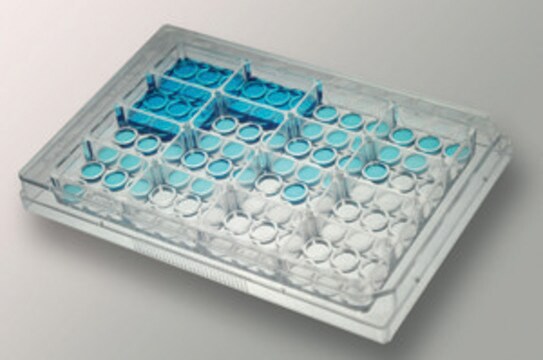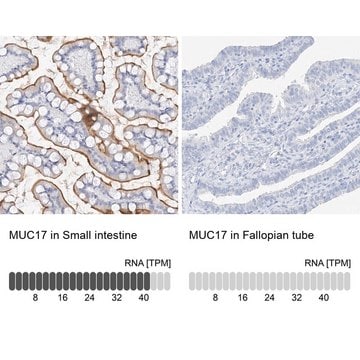108CC15
NOTE: Both the cell line and DNA from the cell line may be available for this product. Please choose -1VL or VIAL for cells, or -DNA-5UG for DNA.
About This Item
Empfohlene Produkte
Biologische Quelle
Mouse x Rat Hybridoma nerve
Verpackung
tube of 5 μg 08062516-DNA-5UG
pkg of vial of cells 08062516-1VL
Wachstumsmodus
Adherent
Karyotyp
Modal No. varied with passage see reference
Morphologie
Neuronal
Produkte
Long processes after treatment with dibutyryl cAMP, dense core vesicles, excitable membranes, neurotransmitter enzymes, synthesis of neurohormones and uptake of catecholamines.
Rezeptoren
Receptors for neurohormones: delta opioid, PGE1 vasoactive intestinal polypeptide, adenosine, somatostatin and acetylcholine.
Methode(n)
cell culture | mammalian: suitable
Relevante Krankheit(en)
cancer
Versandbedingung
dry ice
Lagertemp.
−196°C
Ursprung der Zelllinie
Beschreibung der Zelllinie
Anwendung
Nährmedium
Subkultur-Routine
Sonstige Hinweise
Hier finden Sie alle aktuellen Versionen:
Analysenzertifikate (COA)
It looks like we've run into a problem, but you can still download Certificates of Analysis from our Dokumente section.
Wenn Sie Hilfe benötigen, wenden Sie sich bitte an Kundensupport
Besitzen Sie dieses Produkt bereits?
In der Dokumentenbibliothek finden Sie die Dokumentation zu den Produkten, die Sie kürzlich erworben haben.
Unser Team von Wissenschaftlern verfügt über Erfahrung in allen Forschungsbereichen einschließlich Life Science, Materialwissenschaften, chemischer Synthese, Chromatographie, Analytik und vielen mehr..
Setzen Sie sich mit dem technischen Dienst in Verbindung.







